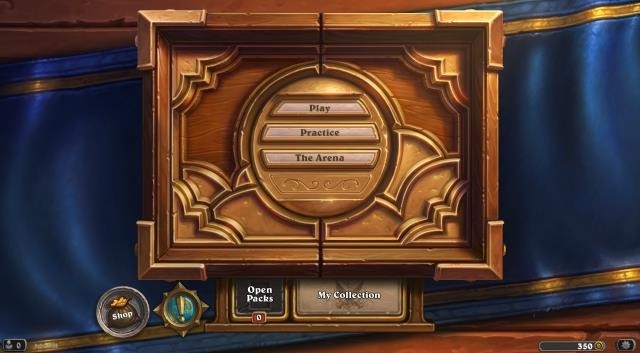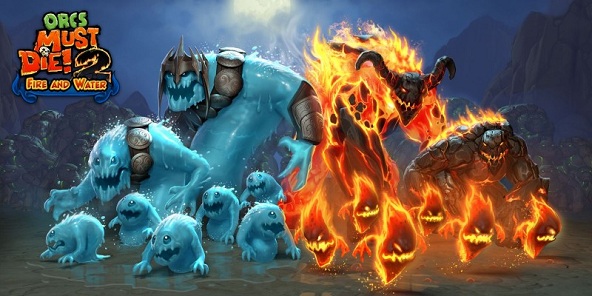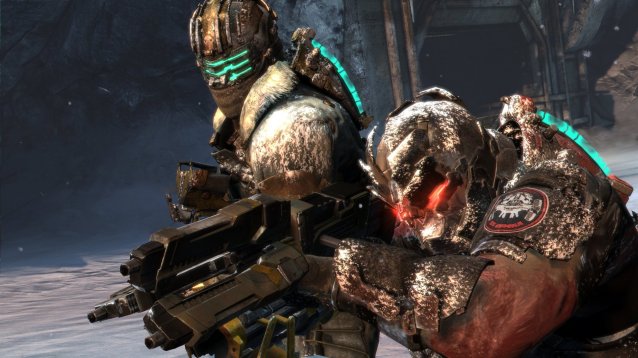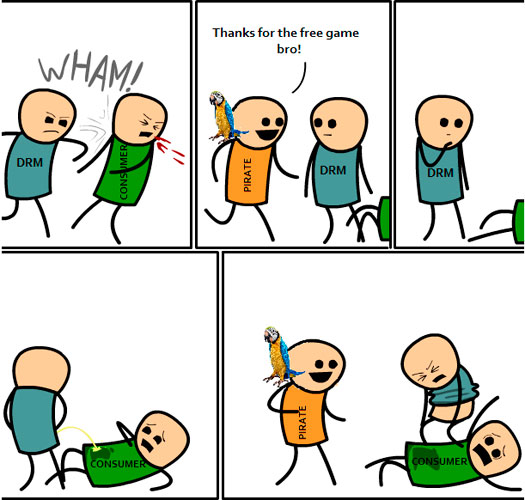


Sublevel Zero, Sigtrap Games’ debut title, enters the video game market as something most people today will have never experienced. The most obvious call back to the free-floating first-person shooter genre of yesteryear is 1994’s Descent.
Players sit in the cockpit of a spaceship and can freely move in any direction they please due to the aforementioned free-floating nature of the vehicle. Sigtrap calls it “6DOF,” which stands for six-degrees-of-freedom, and it allows the player to not only move forward, backwards, left and right, as with most traditional games of the FPS genre, but the player can also completely spin the craft upside down, turning an entire level upon itself. In fact, utilizing the multiple degrees of movement available to the player is the key to navigating Sublevel Zero’s procedurally-generated environments.

There is a narrative at play in Sublevel Zero, but it is only told through an introductory wall of text and subsequent text logs scattered throughout each level that the player may or may not even find. As the story goes, something called “The Event” has thrown humanity across the universe and it’s the player’s job to navigate the caves, some organic and some man-made, of a research base to learn what occurred there.
The game employs the mechanic of permadeath that can be found in a plethora of other games today, just none with the moment-to-moment gameplay of Sublevel Zero. There are six levels to explore and survive through, beginning with the game’s titular sublevel zero and moving further down to the final sublevel five. The goal of each stage is to progress through the stage’s environment destroying all manner of enemies that shoot missiles, lasers, blasters, and more while some will even charge at you to inflict damage or explode on impact. In every stage is a reactor that must be destroyed. Once destroyed, it will drop a flux drive. The player picks up the flux drive, a portal opens, and it’s on to the next stage.
The inclusion of both permadeath and procedurally-generated environments should mean that you will see a wide variety of these environments through multiple playthroughs, but this combination of features may actually be Sublevel Zero’s greatest downfall. After many, many playthroughs, it became apparent that I was seeing a lot of the same rooms with just slight variations. Some rooms, in fact, were entirely the same as rooms I had traversed through on a different playthrough. This was upsetting because it meant that the procedural and permadeath elements of the game were actively working against one another. In theory, the more a player dies in Sublevel Zero, the more, new environments that player should experience, but the opposite turned out to be true due to a lack of variety in its procedural generation.

That should not detract, however, from the fact that Sigtrap managed to nail the immersive feeling of traversing brightly colored, polygonal environments in a free-floating spaceship with four weapons attached to its arms. Piloting the ship feels like a natural extension of the keyboard and mouse (gamepad and Oculus Rift support is also available) within just a few minutes of playtime. The game employs standard WASD controls with a keyboard and mouse, but the Q and E keys also allow the ship to effectively perform barrel rolls, which end up being necessary in fluid navigation of the environments. The environments, combined with the ship’s natural and multiple degrees of movement, make for some slightly head-spinning moments, where up is now down and vice versa, but this is part of the charm of exploration in Sublevel Zero. The game does, however, include a feature that is turned on by default that will reorient the ship if it is not aligned with any through point (i.e. door) in the room, making for slightly easier navigation.
While two of Sublevel Zero’s primary features (permadeath and procedural generation) tend to do the game a disservice, its moment-to-moment gameplay stands as something unique enough in the current FPS landscape that warrants at least a look. However, the incongruous nature of permadeath and procedural generation in the game doesn’t necessarily make Sublevel Zero a game worth returning to for very long. Its gameplay cycle is experienced in full quite quickly and the desire to progress all the way to the game’s final stage is limited by how well its limited array of weapons and meager crafting system afford new gameplay experiences.




 Orcs Must Die! 2 – Fire & Water Booster Walkthrough
Orcs Must Die! 2 – Fire & Water Booster Walkthrough Dark Souls 2 Starting Class Stats
Dark Souls 2 Starting Class Stats Dead Space 3 Secrets: Tungsten Locations Guide
Dead Space 3 Secrets: Tungsten Locations Guide How To Bed Keira Metz In The Witcher 3: Wild Hunt
How To Bed Keira Metz In The Witcher 3: Wild Hunt Reality of DRM
Reality of DRM